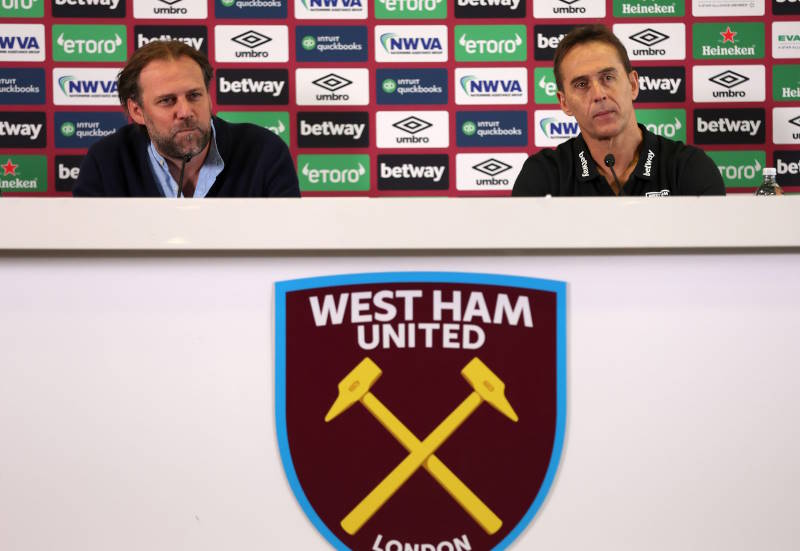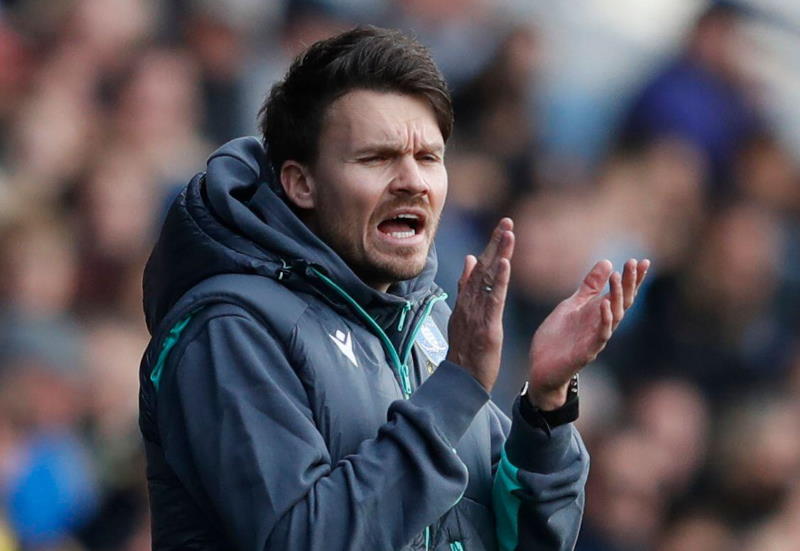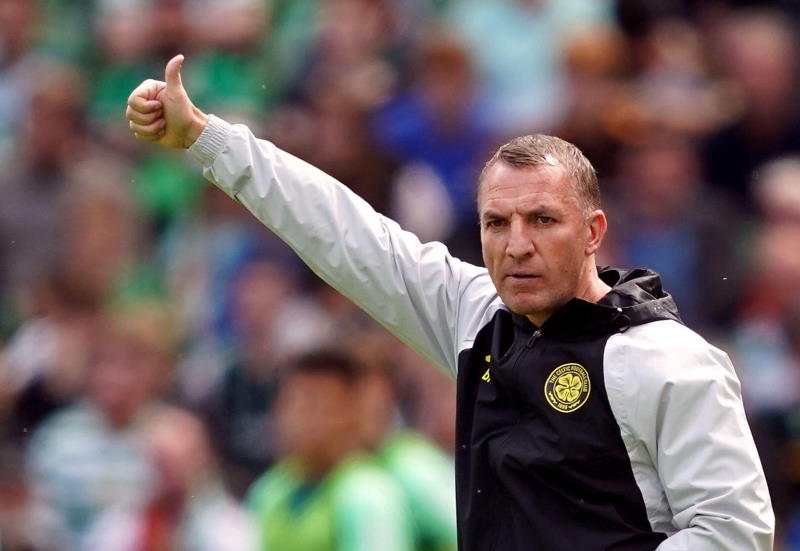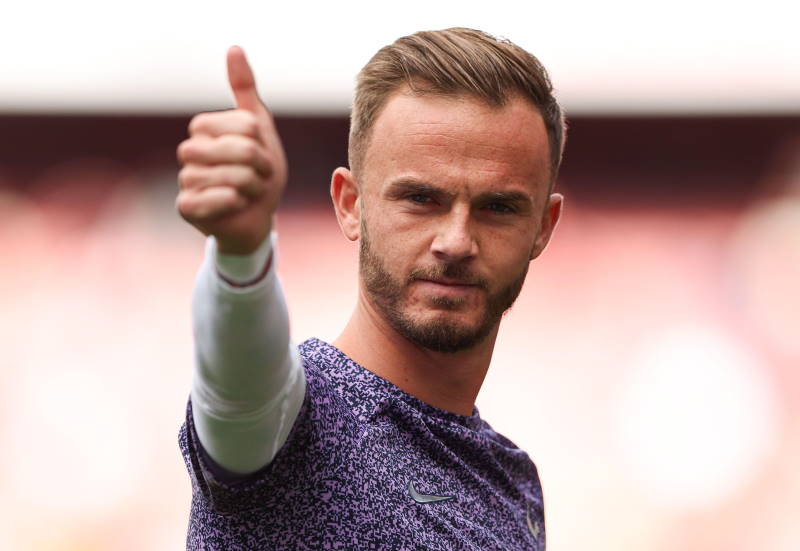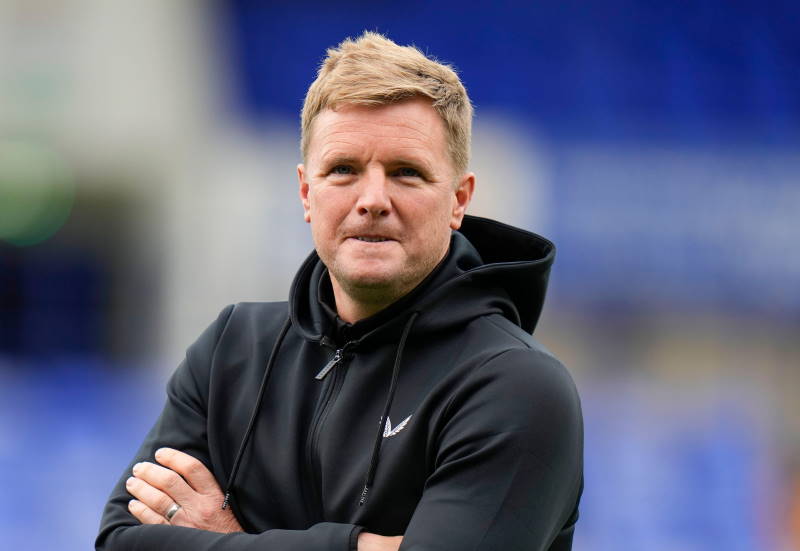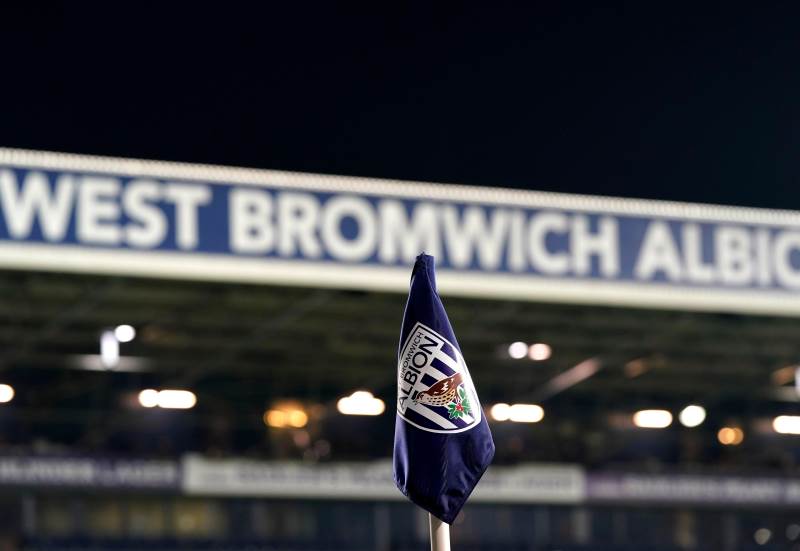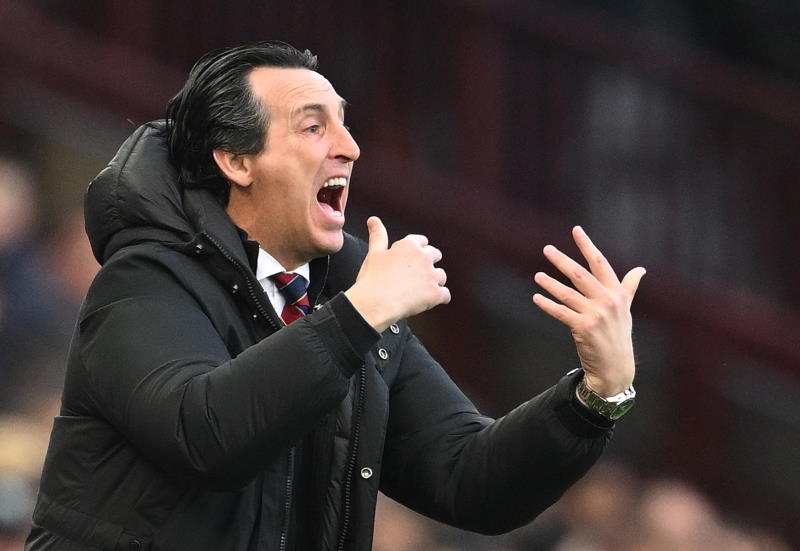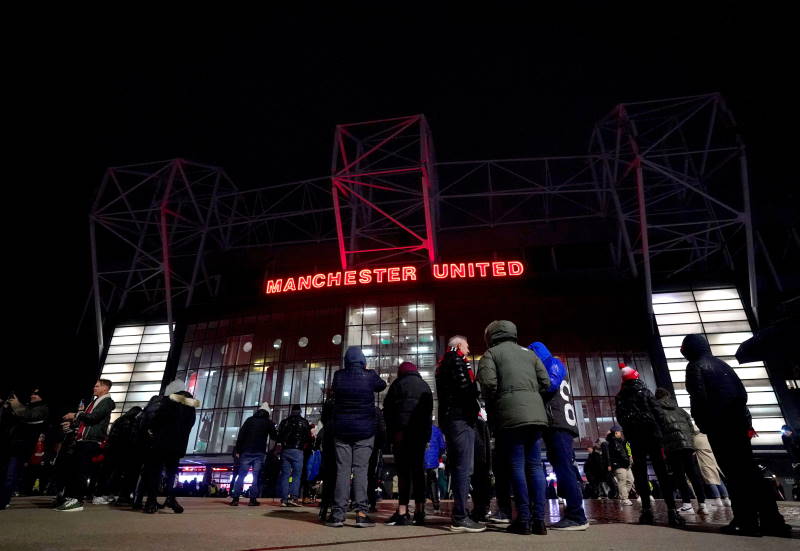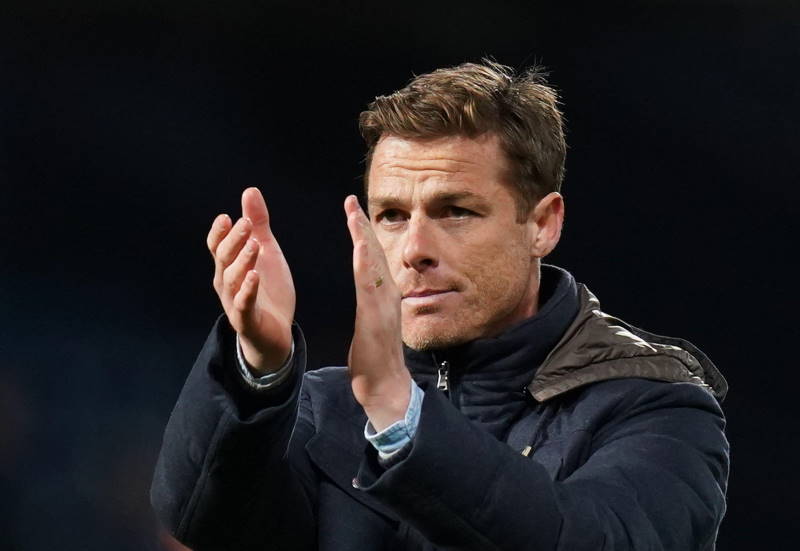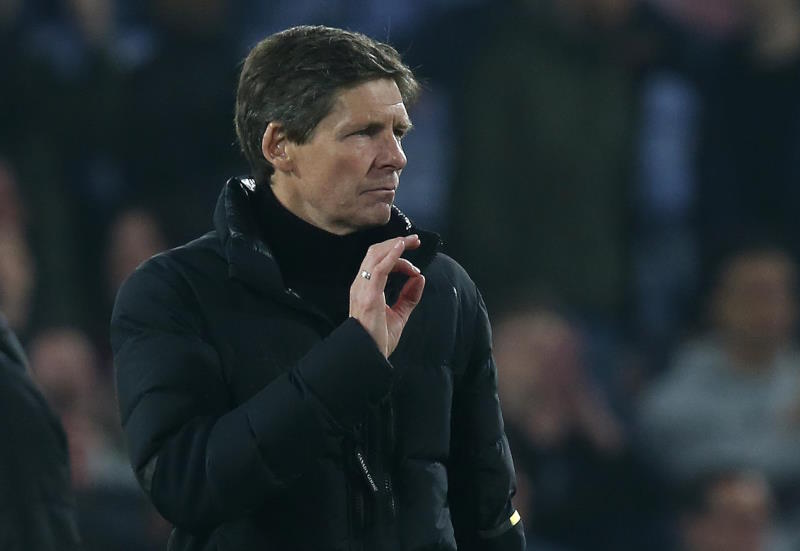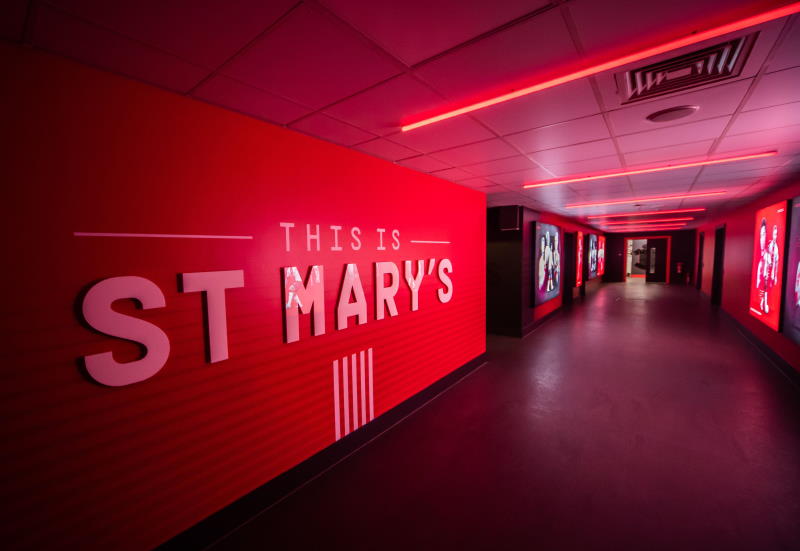
Hassan Chamas
Followers of this summer’s transfer market would say that we have gone back in time, back to the latter days of the previous decade. Back then, clubs competed between themselves over which establishment would spatter the most Francs, Pesetas or Pounds, and break records. Luis Figo, Hernan Crespo, Christian Vieri et al. all moved for record fees that surpassed the €40M mark.
No, we have not gone back in time. But all breadcrumbs point to this scrupulous path. After little less than a month of transfers, the top-flight clubs in England, Italy and Spain combined have managed to disburse an approximate €885M. That’s 60 teams, most of whom are in debt, spending nearly a €1 billion on selling and buying footballers. Mind you, General Motors, the world’s largest automobile maker, filed for bankruptcy in the same month as these football fantasies took place.
What do football and cars have in common? Practically nothing. But you don’t have to be a nuclear engineer to deduce that something just isn’t right. When thousands of people are being laid-off from their work every day, while football clubs seem to be splashing around the cash, you know that something isn’t right. When banks wouldn’t budge for desperate people in need of loans, just to feed a mouth or two, while a tycoon can just come around, take a lorry loan full of cash – €94M to be exact – and splash it on just one single person, you just know that something isn’t right.
Florentino Perez spent like crazy this summer, no doubt about it. But isn’t that what everybody did? Yuri Zhirkov was bought by Chelsea from CSKA Moscow for €20.8M. Manchester United acquired Antonio Valencia, the supposed CR9 heir, for a similar fee. Liverpool paid €20M for a full-back in the form of Glen Johnson, while Italian spenders Juventus splashed €45M just for the Brazilian duo of Felipe Melo and Diego Ribas.
Sober after the treble bashes of last May, Barcelona supremo Joan Laporta declared that the club had only €35M to invest on new players, saying that the current array of talents at coach Guardiola’s disposal was more than enough to tackle the hurdles of next season. In all fairness, why should Barcelona spend critically this summer? They have managed to accomplish a dream this season, harvesting all trophies that they competed for. Their squad is the envy of all of Europe, and their crown jewel, Lionel Messi is a shoe-in as a leading figure in the race for 2009’s individual accolades.
True, Barcelona need to revise only in certain delicate positions, one of which was upfront with the unsettled ex-Mallorcan Samuel Eto’o finally departing Spanish shores. Eto’o left big shoes to fill and in comes Internazionale star Zlatan Ibrahimovic: The Super Swede expressed his need for a new challenge, and an Eto’o-Ibra swap quickly grew to become the talk of the town: Ibracadabra will land in Catalunya, while in return, three seats were reserved on the Alitalia jet to Milan, carrying Samuel Eto’o, Aliaksander Hleb (on loan), and an interesting €45M bag of cash. But wait a second now… What about all the talk about not wanting to spend hefty in the transfer market, let alone the near-daily criticism of Florentino Perez’s crazy money policy?
Ibrahimovic’s move would not have cost €45M. Any other talk would be a lie. Ibrahimovic cost Barcelona the initial transfer fee of €45M, plus the value of Eto’o – that’s €35M – plus the value of Hleb’s loan – €7.5M – for a total of €87.5M. If the whole deal itself were ever valued, Zlatan would now be the second most expensive player in the world ever.
We seem to be returning to that crazy reality of the late 90s, never mind that a recession is in full swing. One thing seems certain now, and that’s big players will no longer be acquired for the fees that everyone has become so accustomed to: Valencia now want €55M for David Villa; Bayern Munich want €80M for Frank Ribery, and the list goes on. People who labelled Diego Maradona’s £7M move from Barcelona to Napoli more than twenty years ago as “crazy” will have to get a hold of a handful of Xanax pills in the midst of the spending frenzy.
The same thing happened in England with Rafael Benitez’s Liverpool: After a series of wasteful signings – with Charles Itandje, Andrea Dossena, and £19M Robbie Keane to name but a few – it looks as if the former Valencia coach has hit the jackpot by recruiting England’s best right-back Glen Johnson. Should the former Chelsea man reproduce the kind of skills he displayed at Portsmouth last season, then he could be Rafa’s best signing so far. But £17M is not your everyday fee for a defender, let alone one who failed to produce on the biggest stage so far. If Johnson flunks at Anfield, it goes without saying that the consequences would be dire.
Like it or not, what exactly took place ten years ago is being reproduced now. Back then, €30M would buy the world’s best. Now, you’d be lucky to land any team’s flop for that sum. The summer market experienced a drastic change of “rules” this time around: People always thought that Cristiano Ronaldo and Kaka wouldn’t come cheap, and should they move, it wouldn’t be in the same transfer window. Then Perez came and did the unthinkable, luring them both at the same time for €160M. Can you imagine a worldwide firm recruiting two brilliant businessmen for that kind of cash? Not in a million lifetimes. No player, no matter how many consecutive stepovers he can produce, is worth that many millions of euros. Right now, with prices becoming so inflated and some clubs not being shy flashing their checkbooks, people have all but forgotten that our world is ravaged by its deadliest economic calamity yet. Crisis? What crisis?
Related Articles:

